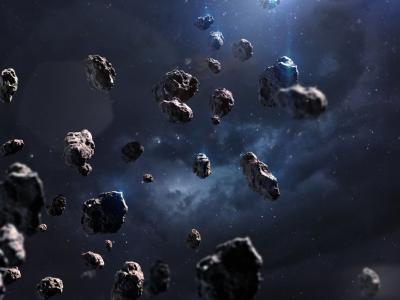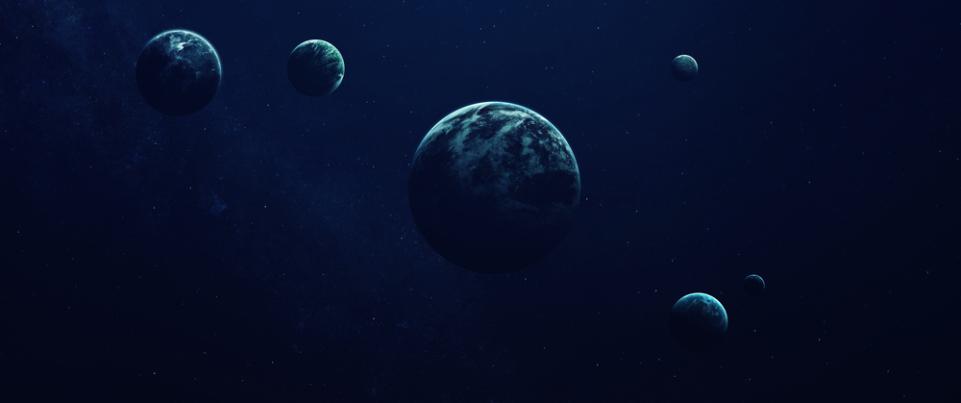
The Erg Chech 002 meteorite is the result of an eruption that occurred on an asteroid 4.565 billion years ago (Ga). By studying it, researchers at the Centre de Recherche et d'Enseignement en Géosciences de l'Environnement have estimated the oldest magnetic record ever measured in our Solar System.
|
Key facts:
|
We now know that the planets of our Solar System were formed from asteroids born in the solar nebula, the disk of gas and dust that surrounded the young sun some 4.6 billion years ago. How these asteroids formed from the dust of the disc, however, remains a mystery.
Magnetic fields: essential for planet formation?
Magnetic fields are increasingly considered essential to the early phases of planetary formation, as they are thought to facilitate dust agglomeration. To verify this on the scale of our Solar System, we need to characterize the properties of these magnetic fields, which have now disappeared, and particularly their intensity. This is made possible by meteorites. These extraterrestrial rocks, which come from the first asteroids, contain minerals capable of recording the magnetic field present at the time of their formation. Today, they are our only source of data for determining the longevity, intensity and geometry of the magnetic fields present in the protoplanetary disk.
Erg Chech 002, an exceptional meteorite
For this publication, researchers at the Centre de Recherche et d'Enseignement en Géosciences de l'Environnement (CNRS/AMU/IRD/INRAE) studied an exceptional meteorite called Erg Chech 002, the oldest volcanic rock in the Solar System ever to fall to Earth. The meteorite originated from an eruption on an asteroid 4.565 billion years ago. They have shown that, as the meteorite cooled, it recorded the magnetic field of the solar nebula. Thanks to the well-preserved magnetization of Erg Chech 002, they were able to determine that this field was relatively intense (several tens of microteslas, similar to the Earth's current magnetic field) only two million years after the formation of the Sun. This is the oldest magnetic record ever measured in a meteorite.

Photo of the Erg Chech 002 meteorite, the oldest volcanic rock in the Solar System to have fallen to Earth.
Credit: Luc Labenne, Labenne Meteorites
Deciphering magnetic records
Paleomagnetism is the discipline that studies variations in magnetic fields over geological time. These paleomagnetic data are crucial in guiding the development of dynamic disk models to advance our understanding of planet formation. Combined with data obtained on "younger" meteorites, the results of this study allow us to test certain predictions from these models, with the ultimate aim of lifting the veil on the mechanisms of planetary formation.
Paleomagnetic records such as Erg Chech 002 are rare, precious and particularly sensitive to magnetic contamination. All too often, meteorites have been brought into contact with a magnet to verify their extraterrestrial nature, thus erasing 4.6 billion years of magnetic history. But alternatives to magnets do exist! Some are even being developed at the Centre de Recherche et d'Enseignement en Géosciences de l'Environnement. So think about that the next time you find yourself in possession of one of these rocks from another world.
Reference : A 4,565-My-old record of the solar nebula field, Maurel C. & Gattacceca J. PNAS
Article published March 6, 2024.












